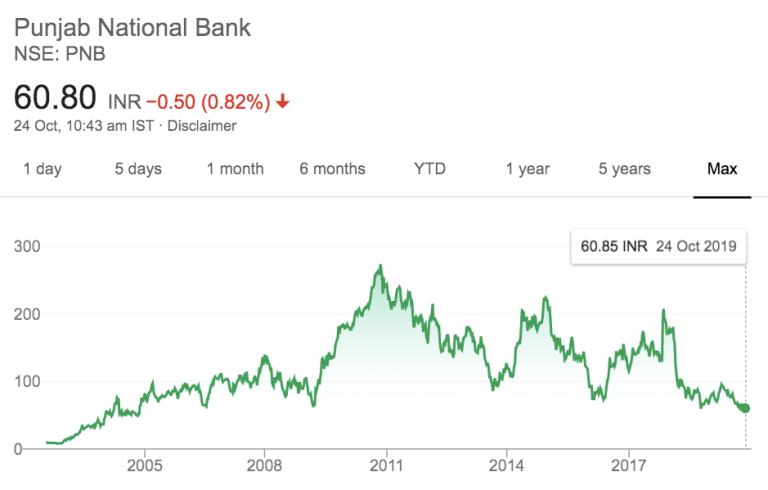From Novice to Pro: Mastering the Art of Profitable Investments
From Novice to Pro: Mastering the Art of Profitable Investments
Investing can seem like a daunting venture for novices. The world of finance is complex, and making profitable investment decisions requires knowledge, strategy, and a disciplined approach. Whether you’re just starting or looking to refine your investment skills, mastering the art of profitable investments involves a gradual learning process, patience, and a willingness to adapt. Let’s dive into the essential steps and strategies that can guide you from a novice investor to a proficient one.
1. Introduction: Understanding Investment
Before delving into the intricacies of investment strategies, it’s crucial to comprehend the fundamental concept of investment itself. Investment refers to allocating resources, typically money, into assets with the expectation of generating profit or income in the future. This could involve various financial instruments such as stocks, bonds, mutual funds, real estate, or commodities.
2. Building a Strong Foundation
Setting Financial Goals
The initial step in becoming a successful investor is setting clear and achievable financial goals. Whether it’s saving for retirement, purchasing a house, or building wealth, defining your objectives provides direction and motivation for your investment journey.
Understanding Risk and Return
Every investment carries a degree of risk. Understanding the relationship between risk and return is fundamental. Generally, higher returns come with higher risks, and a balanced approach is crucial to manage risk while aiming for optimal returns.
Developing an Investment Strategy
Crafting a well-thought-out investment strategy involves considering your risk tolerance, investment timeline, and diversification. It’s about creating a roadmap that aligns with your financial goals.
3. Exploring Different Investment Vehicles
Stocks, Bonds, Mutual Funds, Real Estate, and Commodities
Each investment vehicle has its characteristics and risk-return profiles. Stocks offer ownership in companies, bonds provide fixed income, mutual funds offer diversification, real estate offers tangible assets, and commodities include valuable resources like gold or oil.
4. Risk Management in Investments
Diversification, Asset Allocation, and Rebalancing
Diversifying your portfolio across different asset classes, industries, and regions can mitigate risks. Asset allocation and periodic rebalancing ensure your investments align with your risk tolerance and goals.
5. Investment Techniques for Beginners
Dollar-Cost Averaging, Long-Term vs. Short-Term, Value Investing
Techniques like dollar-cost averaging, preferring long-term investing over short-term trading, and value investing based on a stock’s intrinsic value can be beneficial for novice investors.
6. Advanced Investment Strategies
Options Trading, Hedging, and Leveraging
For more experienced investors, exploring options trading, hedging against risks, and leveraging techniques can amplify returns but require a deeper understanding and caution.
7. Monitoring and Reviewing Investments
Portfolio Management and Evaluating Performance
Regularly reviewing your portfolio’s performance, assessing individual investments, and making adjustments is crucial for sustained success.
8. Emotional Discipline in Investing
Handling Market Volatility and Avoiding Emotional Decisions
Emotions can cloud judgment. Maintaining discipline during market fluctuations and avoiding impulsive decisions is key to long-term success.
9. Measuring Investment Success
Key Performance Indicators (KPIs) and Adjusting Strategies
Tracking KPIs such as ROI, risk-adjusted returns, and comparing against benchmarks helps in evaluating success and making informed decisions.
10. Conclusion
Mastering profitable investments is an ongoing journey that requires continuous learning, adaptability, and discipline. By grasping the fundamentals, embracing diverse strategies, and remaining steadfast amid market fluctuations, anyone can progress from a novice investor to a proficient one.
FAQs
1. How much money do I need to start investing? Starting small is possible. Some platforms allow investing with minimal amounts, making it accessible to beginners.
2. Are there guaranteed profits in investments? Investments carry risks, and there are no guarantees. However, informed decisions and strategic planning can increase the likelihood of success.
3. How often should I review my investment portfolio? Regular reviews are advisable—quarterly or semi-annually—to ensure alignment with goals and market conditions.
4. Can emotions affect investment decisions? Absolutely. Emotional reactions to market changes can lead to impulsive decisions, impacting long-term investment strategies.
5. Is it advisable to seek professional advice for investing? Seeking advice from financial advisors or experts can provide valuable insights, especially for complex investment strategies or during market uncertainties.







